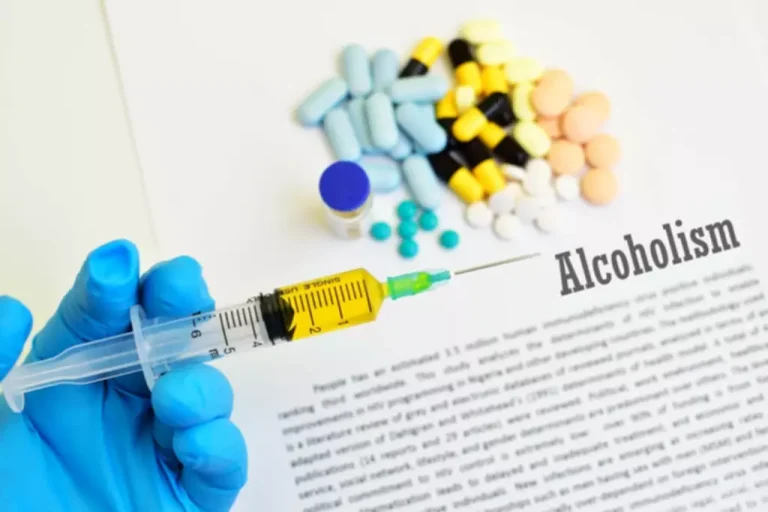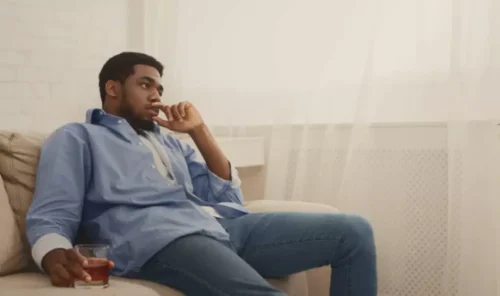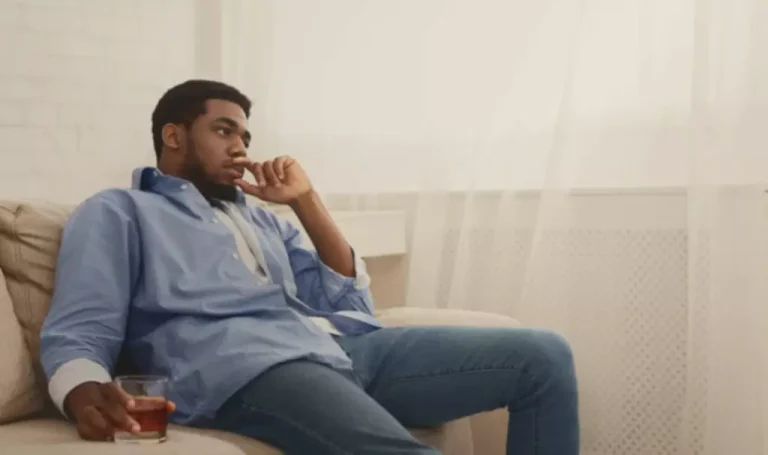Signs, Symptoms & Facts for Recovery

Remember to never take medication that has been prescribed for someone else. Treatment for opioid use disorder typically involves a combination of medication and therapy. Healthcare providers look for the following signs of opioid misuse. Opioid use disorder occurs =https://ecosoberhouse.com/ when an individual misuses or overuses certain medications or illegal drugs that are designed to relieve pain or cause feelings of euphoria or being “high.” However, with a proper inpatient treatment program and medical detoxification process, people who are addicted to opiates can go on and live a sober and joyful life.

Find a Treatment Center
There are a number of physical, psychological, and behavioral symptoms that may indicate that professional recovery treatment could be the way to go. There is an increased number of people misusing prescription pain medications and moving on to other drugs such as fentanyl or heroin. Some of them may try to abruptly discontinue their use of opioids on their own, without medical assistance. This sudden elimination of opioids from the body brings on a cluster of unpleasant withdrawal symptoms that can include nausea, diarrhea, sweating, anxiety, muscle and joint pain, and runny nose, among others.
Impact of Opioid Use Among Myeloma Patients
His focus is on helping people who suffer from multiple issues, such as schizophrenia, mood disorders, substance abuse, PTSD, anxiety, depression, OCD, and ADHD. Certain medications can help modify your brain chemistry to help treat OUD. They can also relieve cravings, relieve withdrawal symptoms and block the euphoric effects of opioids. Opioids can lead to physical dependence within a short time — as little as four to eight weeks.
- When a person is struggling with a substance abuse disorder, their loved ones may consider staging an intervention.
- Illegal drugs taken without a prescription may include substances that could be deadly.
- For many individuals, maintenance therapies and continued support beyond this period play a key role in sustaining long-term recovery.
- This might mean that someone uses more than prescribed or experiences withdrawal if they stop taking the drug.
- Find out how short-term pain relief leads to life-threatening problems.
- Damage to the nerves result a reduced or completely eliminated production of endorphins and as a result, the user is unable to mask pain.
DSM-5-TR diagnostic criteria for opioid use disorder
- Over time, people who use opioids (for pain or other reasons) develop a physical dependence on the drug, meaning that if they stop taking opioids, they experience withdrawal symptoms.
- However, using another person’s medications is illegal and constitutes abuse.
- There is not a single approach that works well for everyone, and a person may try several therapies before finding the ones that support lasting recovery.
- Play an active role in protecting yourself and others from the dangers of opioid addiction.
Primary treatment options for heroin addiction include inpatient and outpatient programs, which combine medication-assisted treatment with behavioral therapies. Key medications such as methadone and naloxone help manage withdrawal symptoms and cravings, while behavioral therapies like Cognitive Behavioral Therapy (CBT) address the psychological aspects of addiction. The early signs of heroin addiction include noticeable physical, behavioral, and psychological changes that progressively disrupt an individual’s daily life and well-being.
The Dangers Of Opiates

Likewise, tapering the drug use off and substituting the addiction with fun, clean activities can also work for some—but not for everyone. A study found in the Drug Policy Alliance shows that opioid addiction recovery is possible, and is more possible than previously thought and previously experienced. They emphasize the need to break ties with opiate users, create new and healthy social networks, and generate new and healthy interests. The use of opiates such as heroin, Morphine, opium or Oxycodone can lead to a central nervous system disorder that results in physical dependence and addiction. Opiate addiction is not only a dangerous condition, Sober living home it could prove to be deadly if left undiagnosed or untreated.

ADDICTION TREATMENT
Lack of hygiene in opiate-addicted individuals can be dangerous, especially for intravenous drug users. The University of Arizona explains that infections and disease-spreading often occur due to poor hygiene and unclean needle preparation. Many people opioid addiction treatment who abuse opiates and become addicted will begin to slack off at work or school.
- Finally, it outlines how to find support for OUD and the side effects of the opioid crisis.
- It may take several tries to get an individual to get help, however.
- You may have a strong desire to continue using opioids to continue the feeling.
- Overall, there is no single cause of opiate addiction, but it is believed that it is caused by a combination of multiple factors.
- A pain management specialist can help connect you to the right medicines for the pain you are experiencing.


Comentários